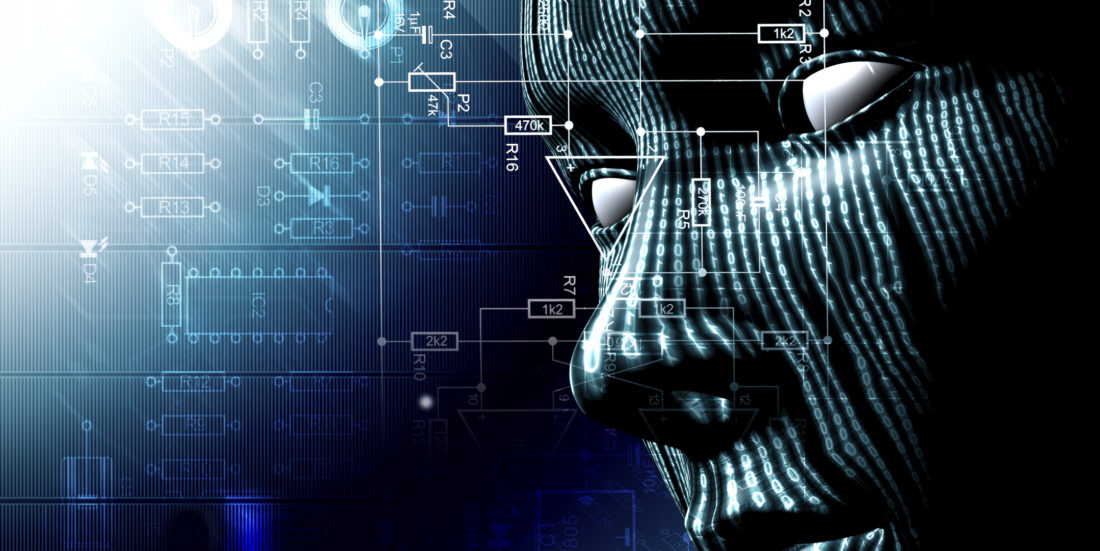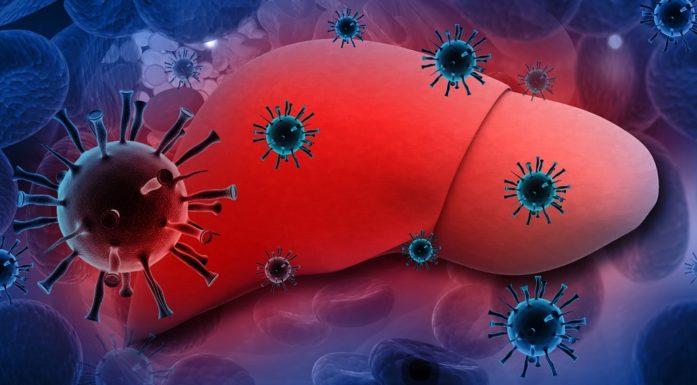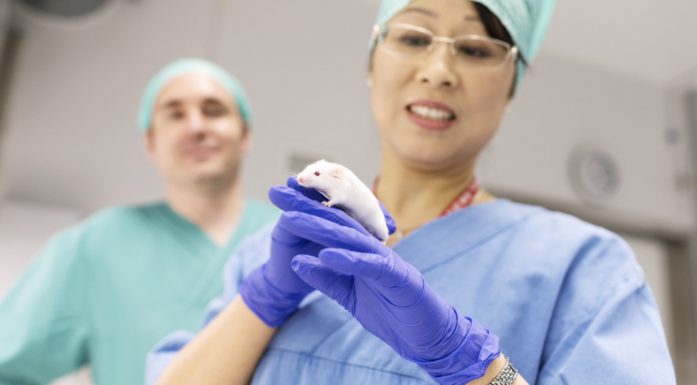“Virtual human” unlocks key mechanisms of high blood pressure
Scientists regularly use computer models to understand complex problems, from predicting the weather to designing boats and automobiles. Now they are also using this approach to better understand the human body — including the causes behind high blood pressure.
Using computational power to create a “Virtual Physiological Human” – or computer models of different physical aspects of a human being – allows scientists and medical researchers to get a better understanding of how the body works – when both healthy and sick. A recent publication in PLOS Computational Biology illustrates the power of the approach, where researchers showed how stiff arteries can explain the cause of high blood pressure.
High blood pressure is highly age-related and affects more than 1 billion people worldwide. But doctors can’t fully explain the cause of 90 per cent of all cases. A computer model of a “virtual human” suggests that stiff arteries alone are enough to cause high blood pressure.
“Our results suggest that arterial stiffness represents a major therapeutic target. This is contrary to existing models, which typically explain high blood pressure in terms of defective kidney function,” says Klas Pettersen, a researcher at the Norwegian University of Life Sciences and first author of the study, recently published in PLOS Computational Biology.
- Read more: Nano needles for cells
Baroreceptors don’t do their job
High blood pressure is a major source of morbidity and mortality, because it makes individuals more prone to heart failure, stroke and kidney disease.
When blood pressure travels down the aorta from the heart, a special group of cells in the aortic wall, called baroreceptors, sense the pressure in this stretch of the aortic wall and send signals with this information to the nervous system.
If the blood pressure is too high, these cells send stronger signals and the body is able to lower blood pressure. However, if the aorta gets stiffer, as typically happens with age, this stretch of the aorta is not as sensitive as it once was in measuring blood pressure. Thus, although a person’s blood pressure may have increased, the baroreceptors do not signal as intensively as they should and the body does not get the message to lower blood pressure.
“With the stiffening of the wall that follows ageing, these sensors become less able to send signals that reflect the actual blood pressure. Our mathematical model predicts the quantitative effects of this process on blood pressure,” says Pettersen.
- Read more: Hunting lung tumors
New treatments possible
“If our hypothesis is proven right, arterial stiffness and baroreceptor signaling will become hotspot targets for the treatment of high blood pressure and the development of new medicines and medical devices,” says Stig W. Omholt from the Norwegian University of Science and Technology, who was the senior investigator of the research project.
With the use of existing experimental data and models of the aging human aorta, the researchers were able to show quantitatively how the stiffening of the aorta with age causes the baroreceptors to misinform the central nervous system about blood pressure, thus preventing the system from downregulating blood pressure. The model predictions were compared with data from the Nord-Trøndelag Health Study (HUNT2), which is comprised of information on the health history of 74,000 people, including blood sample collection from 65,000 people.
NTNU’s Omholt says that the study is a good example of how very complex human disease can be understood by use of mathematical models and thus allow for much better treatment strategies. Omholt is a key player in the upcoming Virtual Physiological Human 2014 conference, which will be held in Trondheim in September.
“If we are to succeed in developing predictive, preventive and participatory medicine envisioned by so many, there is no substitute for building much stronger transdisciplinary ties between the life sciences, the mathematical sciences and engineering across the whole spectrum of basic, translational and applied research. And mathematical models of the human physiology will be at the core of this development,” he says.





